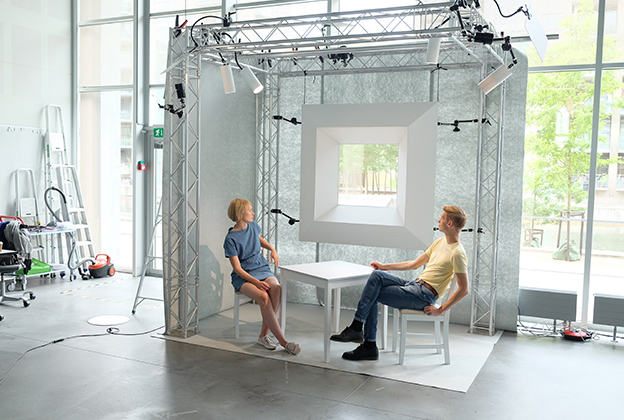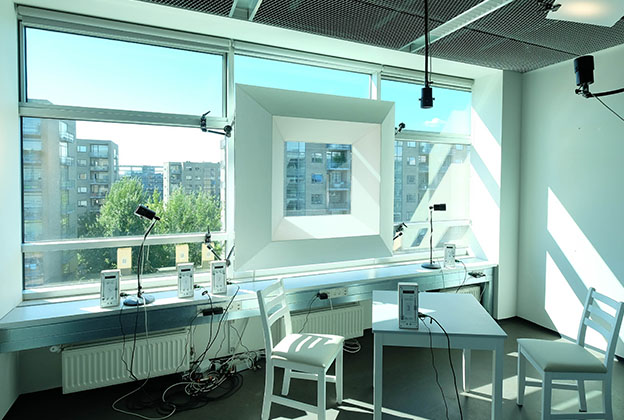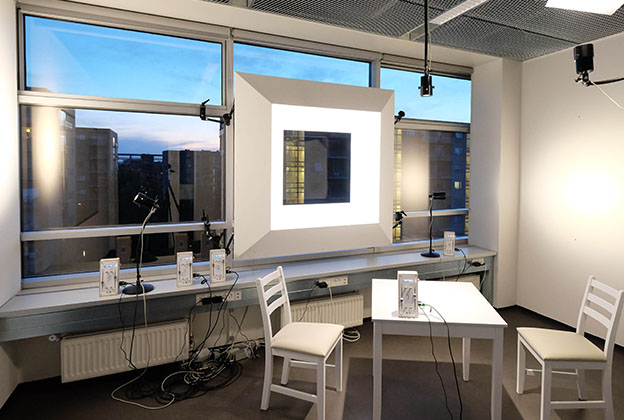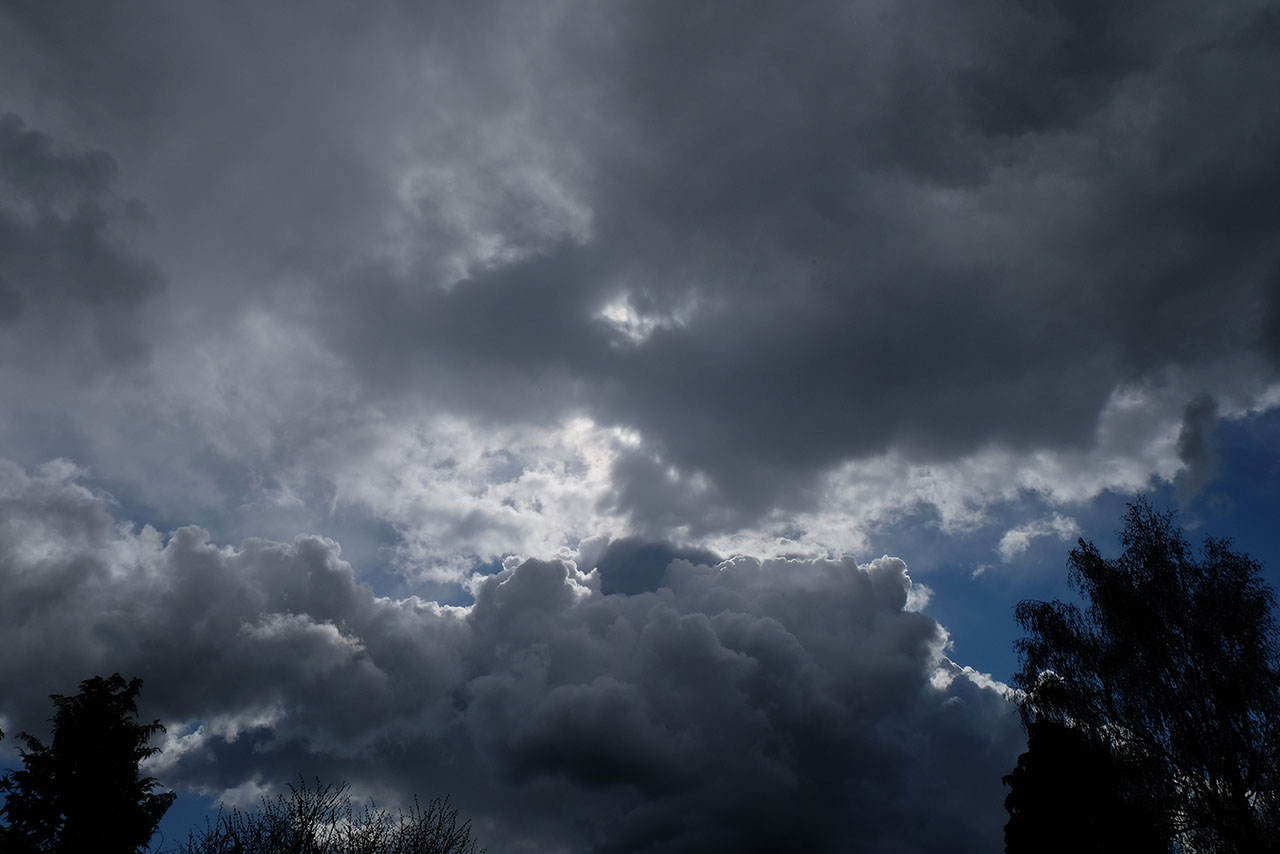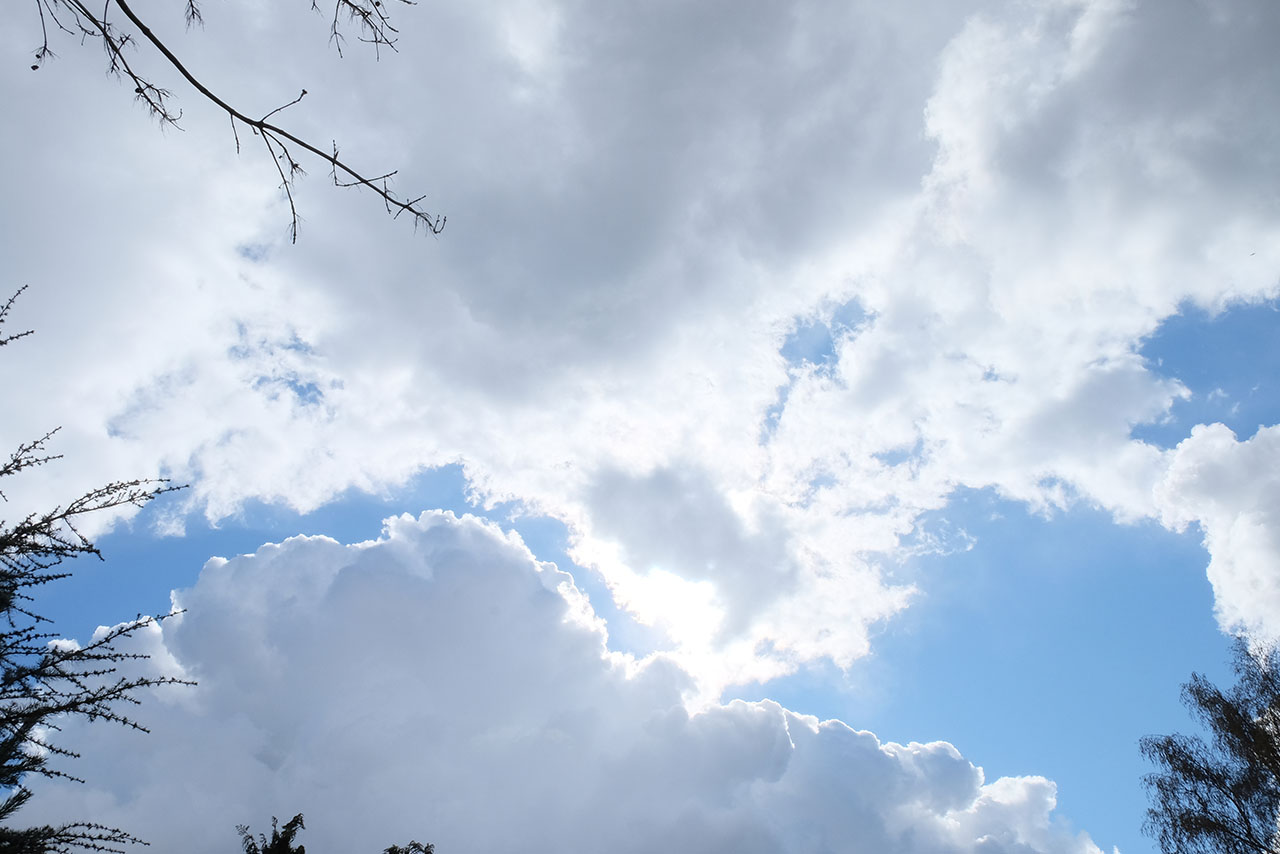
How to increase lighting quality and lower energy consumption
Yes! You can eat the cake and have it too… New research from the IT University in Copenhagen suggests that investing in high quality lighting can actually lower your energy consumption.
During the 21st century, reducing energy consumption and cutting costs have been the common priority, says Kjell Yngve Petersen, Head of Research, Atelier KHR Architecture, and previously associate professor at the IT University at Copenhagen.
”In research and development, there has been a primary focus on energy optimization using lighting control to meet the regulations of existing standards. Provided that the lighting design has fulfilled the requirements regarding light levels and glare, everyone’s been happy.”
The development has also been characterized by the general attitude that increased lighting quality requires higher lighting levels, leading to higher energy consumption and thus should become far too expensive.
”We wanted to prove that this is not the case. Today we know that access to good and stimulating light is crucial for how humans feel and perform in their daily lives. With access to new technology and light sources it really shouldn’t be any problem to fulfil these needs.”
The prize-winning study (it has already been awarded ‘best research project 2018’ by Danish research organization Elforsk) Energy optimization through adaptive lighting control and was conducted by Kjell Yngve Petersen and Phd Nina Rask in 2017 in collaboration with a range of research and industry partners; Spektra LED, Det Kongelige Danske Kunstakademis Skoler for Arkitektur, Design og Konservering, CreaSign, Grontmij and Kongshaug & Søn. It shows that a combination of LED-lighting and generative software can provide better lighting without increasing the energy costs. Used in the right way, possibly in combination with renewable energy sources, it can actually reduce energy consumption and contribute to a sustainable society – from an environmental and a human perspective.
”Light weather”
The dynamics of daylight is an important factor to human well-being. Our biology is designed to thrive from the constant changes in the daylights’ intensity and colour – sometimes barely noticeable – that Kjell Yngve Petersen describes as ”light weather”.
”With LED-technology and proper software it is possible to design lighting solutions with daylight as a model. We developed a self-generative software that mimics the natural light with small dynamic changes in speed, intensity and colour.”
The software was implemented in two different test environments in form of full scale architectonical mock ups. In the different tests, the subjects carried out various tasks related to everyday life and office work, responding to the light experience.
Compatible with renewable energy
The tests have resulted in prototypes that can be used to create lighting environments that react to the different changes in daylight and supports the different tasks of people’s daily lives.
”The study confirmed our theory that adaptive lighting control systems can actually lead to improved lighting quality with the possibility to lower energy costs. The algorithms of the software are well fit to take advantage of the irregularities that come with the production of renewable energy, such as wind. The adaptive software can follow the fluctuation of the energy production and use the peaks to initiate the fluctuation of the ‘light weather’ in a cost-effective way”, explains Kjell Yngve Petersen.
 "It is important to state that this is not about the technology – it’s all about the human lighting experience." Kjell Yngve Petersen, Associate Professor at ITU Denmark
"It is important to state that this is not about the technology – it’s all about the human lighting experience." Kjell Yngve Petersen, Associate Professor at ITU Denmark
Open source software
The next step is to evaluate the developed models in different real-life settings.
”It’s realistic to think that it should be possible to scale up this technology for more complex environments, like entire residential quarters, office buildings, schools and hospitals – implementing the benefits for humans and environment in a larger scale.”
The software developed for the research project is open source, Kjell Yngve Petersen explains, and is available for the industry's various stakeholders to use.
”Our wish is to help lighting designers create intelligent and easily operated high quality lighting designs based on individual preferences. It is important to state that this is not about the technology – it’s all about the human lighting experience. Lighting design should not be something that people have to adapt to. The light design should adapt to the people and support us in our daily lives!”
TEXT AMELIE BERGMAN
PHOTO KJELL YNGVE PETERSEN
Related News

The flexible office - Long-term investment for property owners
As a property owner, meeting the needs of tenants while creating sustainable and smooth management is often a complex equation. With Control Track Versa, new and sustainable opportunities are created to streamline the process and offer good lighting for tenants. Petter Berg works with pre-sales for extensive property projects at Fagerhult in Oslo. Discussions with customers and more prominent property owners often revolve around the problem of meeting multiple interests both during the construction process and after the tenants have moved in. “The interests of the various actors often clash at the expense of the lighting quality. And then no one is delighted with either the process or the result,” says Petter Berg, Lighting Adviser Manager at Fagerhult. Petter Berg quote Petter Berg has closely observed the development of Control Track Versa and sees future opportunities for property owners. Not least, those who work actively with reuse and sustainability and want to create attractive environments for existing and future tenants can quickly achieve profitability in larger projects. “Being able to offer tenants good lighting without replacing the entire system every time someone moves is a huge sustainability advantage as a property owner. With Control Track Versa, each luminaire can be reused throughout its entire life cycle. In addition, the track itself can take on a new shape if the office changes design.” Property owners can benefit from the advantages of Control Track Versa during construction. The track can be installed earlier during construction and is completely independent of the future furnishings and the tenant’s choice of luminaires. “The fact that the installation can be done in principle at any time and is not dependent on the premises being cleaned of construction dust or that it takes place just before the property is completed makes a big difference. It is an ingenious way to buy time,” says Petter Berg. Collage three rooms - same Versa solution In parallel, installations can be made in fixed areas such as corridors, elevators, toilets, and public places that are not affected by the tenants’ choices. With fewer installation points, installation is also faster and easier. “The track has a flexible 230V system, so there is no need for cable ladders or extra wiring. Therefore, Control Track Versa is also very suitable for open ceilings. Since it is completely independent, the system is also future-proof. Each luminaire can be supplemented with a sensor for smart lighting control.” According to Petter Berg, Control Track Versa bridges the gap between electrical consultants and interior designers. He clearly sees that the track can be very useful in larger construction projects where many parts need to fit together. “When we work together, it often turns out very well. It is clear that a party is needed that connects the developer, electrical consultant and interior designer, and that is where Control Track Versa is now becoming an important party for us at Fagerhult.”
From the turn of the century to rebuilding in the ’70s, our schools are now getting smart lighting
Across Sweden’s municipalities, work is underway to replace fluorescent lamps with LEDs and to adapt luminaires and installations accordingly. Jönköping Municipality is working systematically and efficiently to meet users’ needs for good lighting and create solutions that suit different buildings and styles. We visited three of Jönköping municipality’s school properties: a high school that was built at the turn of the century and two schools from the 1970s. Each school has its own style and architectural expression, but with a common denominator for the future: freestanding LED pendant luminaires with Organic Response control. Peter Honkala is responsible for the electrical installations in two of the municipality’s districts and he is now busy planning and designing new lighting for both properties and businesses: “Now that we are moving from fluorescent lamps to LEDs, we have the chance to create a good learning environment for students, improve the working environment for teachers, increase energy efficiency and reduce cost, all while improving the expression of the properties,” says Peter. Slideshow 1 Architecture rarely an obstacle to lighting control The installation is simple and does not require any major modification of the property. All that is needed is phase, neutral and earth, and wireless buttons for the control. Although the property portfolio contains many types of buildings from different periods and with varying styles, architecture is rarely an obstacle. “We need to be a little more careful in some school properties, like the Per Brahegymnasiet high school, which is over a hundred years old,” explains Peter. “But the installation itself is not very different from a school built in the seventies, or even today. If we miss something during planning, or if a control button is needed after everything is complete, it is very easy to adjust: instead of an installer rerouting cabling, we can simply take down and move luminaires and the lighting control according to the needs of the business.” According to Markus Winnert, Smart Lighting Manager at Fagerhult Sweden, Jönköping Municipality is following a clear trend. Since schools cannot be shut down for extended periods during construction, an efficient and smart solution is needed that is both easy to install and serves as a long-term solution. Winnert quote “As municipalities replace their fluorescent lamps, they take advantage of the opportunity to improve the lighting environment, broadly increase energy efficiency, and secure lighting for the future,” says Markus Winnert. “With pendant luminaires with Organic Response, we create an optimal solution that works in different environments and is easy to install without needing to tear down anything or major rebuilding. At the same time, the luminaires are suitable for different environments - regardless of when the school was built or its style.” Peter Honkala has worked in the industry for many years, and, for a time, the recommendation was to use LED ceiling panels in classrooms. But this recommendation was quickly abandoned, and now pendant luminaires are solely used. “Pendant luminaires provide indirect light, ambient light, with lower luminance,” says Peter. “Modern luminaires are also more efficient and spread light better, so in many classrooms we only need two rows of luminaires instead of three. It improves the light quality and the ceiling becomes significantly airier. We frequently hear how pleased they are with the result, which is very gratifying.” Image block 1 Lighting that can be adapted to the business Moving from fluorescent lamps to LEDs generally reduces energy consumption by fifty percent. And by adding a sensor and lighting control, an additional fifty percent can be saved. At the same time, the working life of both the ballast and the luminaire is extended, which increases the burn-time. But, according to Peter Honkala, the real advantage is that the lighting can be adapted according to each business. “Improving the lighting environment for students is invaluable, and at the same time we are doing something really good for the environment.” “Besides for being easy to install and operate, the major benefit is the use and that we save so much energy,” explains Peter. “Improving the lighting environment for students is invaluable, and at the same time we are doing something really good for the environment. It’s an honour to be part of this development.” Slideshow 2
